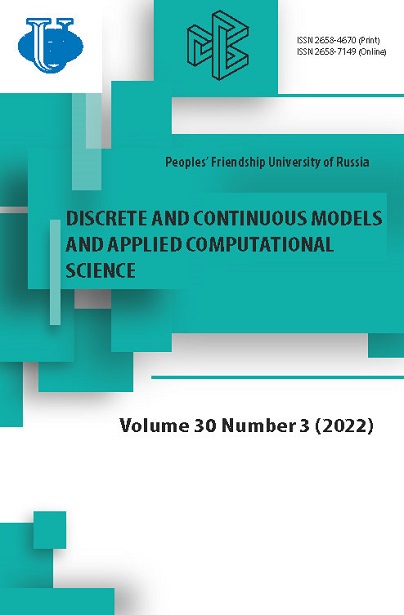Abstract
The article considers the application of the method of continued boundary conditions to the two-dimensional problem of diffraction of electromagnetic waves by a dielectric body with a cross section of complex geometry and to the problem of diffraction by a Janus sphere in the form of a permeable sphere partially covered by an absolutely soft or an absolutely rigid spherical screen. The results of calculating the scattering pattern for a large set of bodies of different geometry, including fractal-like scatterers, are obtained. It is illustrated that in the case of a smooth body boundary, the algorithm based on the Fredholm equations of the 1st kind makes it possible to obtain results with greater accuracy than for equations of the 2nd kind. The correctness of the method was confirmed by verifying the implementation of the optical theorem for various bodies and by comparing with the results of calculations obtained by other methods.
















